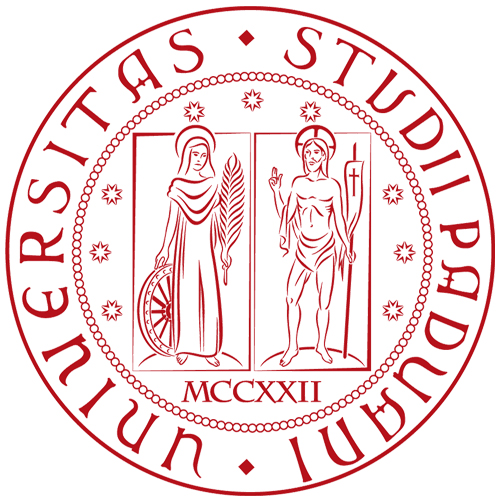
PHRC005 : Dedication to Sarapis, Isis, and the Theoi Adelphoi, Kaunos - Karia (246-220 BC) Dedication
Permanent ID http://s.phrc.it/phrc005
Images:
Photo 1: view of the area hosting the sanctuary of the Egyptian gods, from Held - Winkeling-Aumann 2017




